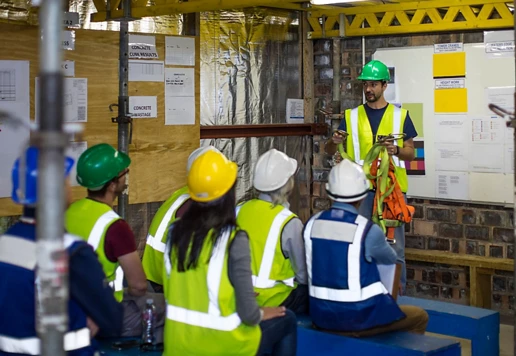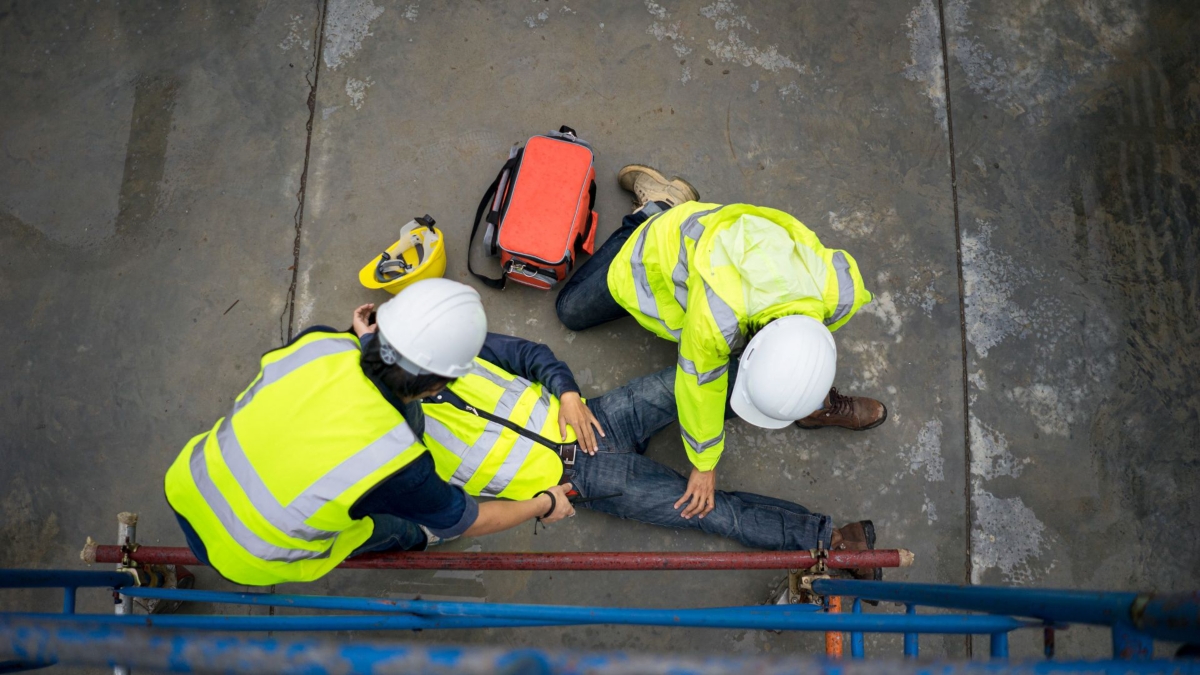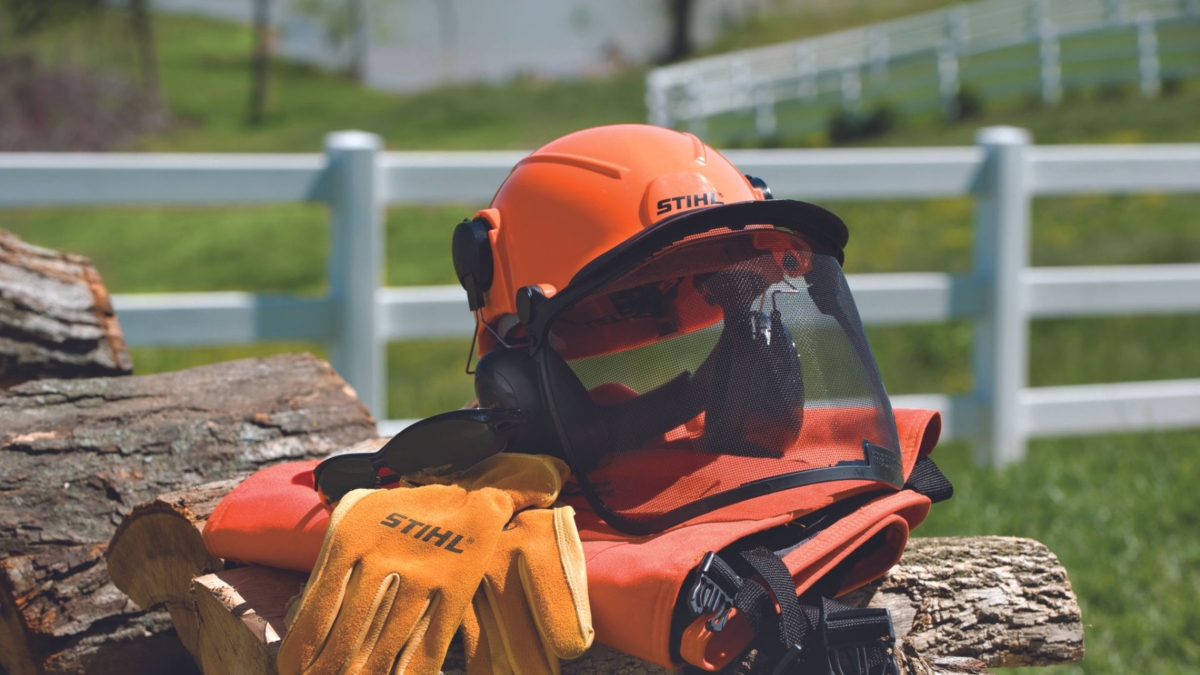-
Equipment and Tools
-
Aerial Work Platforms, Scaffolding And Ladders
- See all
- Atrium Lift
- Cranes / Boom Trucks
- Electric Scissorlifts
- Low-Level Access
-
Manlift Articulating
- See all
- Manlift Articulating 120' - 135' Combustion
- Manlift Articulating 30' - 39' Combustion
- Manlift Articulating 30' - 39' Electric
- Manlift Articulating 34' - 39' Towable
- Manlift Articulating 40' - 49' Combustion
- Manlift Articulating 40' - 49' Electric
- Manlift Articulating 50' - 59' Towable
- Manlift Articulating 60' - 69' Combustion
- Manlift Articulating 60' - 69' Electric
- Manlift Articulating 80' - 89' Combustion
- Manlift Straight Boom
- Mast Boom Lift
- One Man Drivable
- One Man Push Arounds
- Power Accessories
- Rt Scissor
- Scaffolding And Ladders
- Straddle Adapter
-
Air Compressors And Air Tools
- See all
- Air Compressor Aftercoolers / Filters / Separators / Dryers
-
Air Compressors
- See all
- Air Compressors 1000cfm - 1300cfm
- Air Compressors 1000cfm - 1300cfm Instrument Quality
- Air Compressors 1500cfm - 1800cfm Instrument Quality
- Air Compressors 300cfm - 400cfm
- Air Compressors 300cfm - 400cfm Instrument Quality
- Air Compressors 5cfm - 85cfm
- Air Compressors 600cfm - 900cfm
- Air Compressors 600cfm - 900cfm Instrument Quality
- Air Compressors 90cfm - 250cfm
- Air Compressors Electric 100cfm - 1000cfm
- Air Compressor Accessories
- Air Impact Wrenches
- Air Nailers & Staplers
- Air Tools - Contractor
- Air Tools - Demolition
- Air Tools - Industrial
- Compaction
-
Concrete And Masonry
- See all
- Battery Powered Saw
- Concrete - Finishing Equipment
- Concrete - Surface Preparation Equipment
-
Concrete / Masonry - Cutting & Drilling Equipment
- See all
- Concrete& Asphalt Floor Saws - Push Type
- Concrete And Masonry Blades
- Concrete Dowel Drills
- Core Drill Bits
- Crack Chasers
- Cutoff Saws Hand Held/ Gas/ Air/ Electric/ Hydraulic
- Diamond Chain Saws
- Diamond Core Drills
- Early Entry Concrete Saws
- Masonry Saws
- Street Saws Self-Propelled
- Tile Saws
- Concrete Water Accessories
- Concrete / Masonry - Mixing & Placing Equipment
-
Cooling, Heating, Drying And Indoor Air Quality
- See all
- Air Management - Accessories
- Air Management - Air Scrubbers
- Air Management - Dehumidifier
- Air Management - Fans & Blowers
- Boilers
- Cooling - Air Conditioning
- Cooling - Air Handlers
- Cooling - Chillers
- Cooling - Cooling Tower
- Cooling - Spot Cooler
- Fans / Blowers / Ventilators
- Heating - Accessories
-
Heating - Direct Fired
- See all
- 201k-300k Btu Kerosene Heater Dir
- 20k-80k Btu Kerosene Heater Dir
- 301k-400k Btu Kerosene Heater Dir
- 301k-400k Btu Lp/Ng Heater Dir
- 40k-70k Btu Kerosene Heater Dir
- 81k-200k Btu Kerosene Heater Dir
- Propane Convection& Radiant Heaters 22k - 200k Bt
- Propane/Natural Gas Direct-Fired Heaters 30k-2.5m
- Heating - Electric
- Heating - Flameless
- Heating - Hydronic / Ground
-
Heating - Indirect Fired
- See all
- 1000k Btu And Up Kerosene Heater
- 1000k Btu And Up Lp/Ng Heater
- 1mil - 5mil Btu Diesel Heater
- 201k-300k Btu Kerosene Heater
- 301k-400k Btu Kerosene Heater
- 301k-400k Btu Lp/Ng Heater
- 401k-500k Btu Kerosene Heater
- 401k-500k Btu Lp/Ng Heater
- 501k-999k Btu Diesel Heater
- 501k-999k Btu Kerosene Heater
- 501k-999k Btu Lp/Ng Heater
- 81k-200k Btu Kerosene Heater
- Heating - Steam / Hot Water
-
Earth Moving
- See all
- Backhoe Loaders
- Dozers & Crawler Loaders
- Excavators
- Hydraulic Breakers & Demolition Attachments
- Mini Excavators
- Motor Graders
- Rental Vehicles
-
Skidsteer Loaders
- See all
- Compact Skidsteer Loader
- Skidsteer Loader 999lb& Under
- Skidsteer Loader 1000-1499lb
- Skidsteer Loader 1100-1500lb Track
- Skidsteer Loader 1500-2000lb
- Skidsteer Loader 1500-2100lb Track
- Skidsteer Loader 2000-2800lb
- Skidsteer Loader 2100-2800lb Track
- Skidsteer Loader 2800-3200lb Track
- Ride On Skidsteer Attachments
- Skidsteer Attachments
- Tractors & Landscape Loaders
- Trenchers
- Wheel Loaders
- Floor Care
-
Forklifts
- See all
- Forklift Accessories
- Forklifts - Industrial
- Forklifts - Straight Mast Rt
- Forklifts - Telehandler
-
Material Handling Equipment
- See all
- Aluminum Dockplates
- Aluminum Loading Ramps
- Appliance Trucks
- Banding Kits
- Cricket Pipe Dolly
- Dry Wall Lift& Carts
- Duct Jacks/ Genie Material Lifts
- Glass Manipulators
- Grasshopper Pipe Dolly
- Hand Trucks
- Hilman Rollers/ Roller Skid Systems
- Hydraulic Rol-A-Lift
- Johnson Bar/ Pry Dollies
- Load Binders
- Pallet Pullers
- Pallet Trucks
- Platform Trucks
- Roust-A-Bout Portable Lift
- Stairclimbing Motorized Hand Trucks
- Warehouse Dolly
-
General Construction Tools
- See all
- Abrasive Blasting Equipment
- Batteries And Chargers
- Battery Powered Air Compressor
-
Battery Powered Tools
- See all
- Angle Grinders - Battery
- Circular Saws - Battery
- Compound Miter Saws - Battery
- Drywall Screwdrivers - Battery
- Hand-Held Band Saw - Battery
- Hand-Held Drills - Battery
- Impact Wrenches - Battery
- Miscellaneous - Battery
- Nailers - Battery
- Orbital Sanders - Battery
- Portable Table Saw - Battery
- Reciprocating Saws - Battery
- Rotary And Demolition Hammers - Battery
- Battery Powered Vacuum
- Chain Hoists & Air Winches
- Conveyors
- Drain & Sewer Cleaning & Inspections
-
Electric Tools
- See all
- Angle Grinders
- Belt Sanders
- Circular Saws
- Compound Miter Saws
- Die Grinders
- Drywall Screwdrivers
- Hand-Held Band Saw
- Hand-Held Drills
- Heat Gun
- Impact Wrenches
- Jigsaws
- Magnetic Drills
- Orbital Sanders
- Planers
- Portable Table Saw
- Reciprocating Saws
- Rotary And Demolition Hammer Accessories
- Rotary And Demolition Hammers
- Routers
- Shears& Nibblers
- Stationary Chop Saw
- Hydraulic / Electric Torque Wrenches / Enerpac
- Hydraulic Cylinders / Enerpac Jacking Systems
- Hydraulic Pumps / Enerpac
- Hydraulic Tools / Enerpac
- Industrial Vehicles
- Jacks - Bottle / Screw / Toe Jack
- Laser & Optical Levels
- Lighting Equipment
-
Mechanical & Electrical Contractor Trade Tools
- See all
- Cable Feeder
- Cable Reel Roller - Electric
- Cable Reel Stands/ Spindles
- Chain Vice/ Tri-Stand/ Pipe Stands
- Crimping Tools - Electric
- Crimping Tools - Manual
- Electric Cable Pullers& Sheaves
- Electric Conduit Benders
- Electric Pvc Heaters/ Pvc Benders
- Geared Threader/ Hog Head
- Hole Cutting Tool
- Hydraulic Conduit Benders
- Hydraulic Punch Drivers/ Knockout Sets
- Manual Pipe Tools& Accessories
- Mechanical Conduit Benders
- Pipe Threaders - Electric
- Power Fish System
- Power Pipe Cutters
- Victaulic Roll Groovers
- Wire Carts/ Dispensers
- Miscellaneous
- Paint Sprayers
- Pressure Washers
- Siding Brake
- Site Services
- Storage Containers / Jobsite Storage
- Traffic Safety Equipment
- Trailers
- Welding & Plasma Cutting Equipment
- Generators And Accessories
- Ground Protection
-
Lawn, Landscape, And Tree
- See all
- Battery Powered Lawn & Landscape
-
Lawn & Landscape
- See all
- Backpack Sprayer
- Bed Edger/ Trencher
- Chain Saws
- Garden Tillers
- Gas-Powered Drill
- Hand Tools
- Hand-Held Metal Detector
- Hedge Trimmers
- Hydroseeder
- Lawn Aerators
- Lawn Dethatchers
- Lawn Mowers& Brush Cutters
- Lawn Overseeder
- Lawn Spreader& Roller
- Lawn Vacuum
- Leaf Blowers/ Mulchers
- Log Splitter
- Post Driver
- Post Hole Augers
- Sod Cutters
- Straw Blowers
- Trimmers& Pruners
- Wheelbarrows
- Stump Grinders
- Wood & Brush Chippers
- Load Banks
- Portable Ice Rinks And Pathways
- Pumps
- Refrigeration
- Temporary Containment Walls
- Temporary Fencing
- Temporary Structures
- Trench And Shoring Equipment
-
Aerial Work Platforms, Scaffolding And Ladders
-
-
Industry Solutions
Agriculture Equipment Amusement Theme Parks Automotive Equipment Aviation Equipment Civil Commercial Construction Equipment Educational Facility Equipment Emergency Restoration and Response Entertainment Venue EquipmentEvent Rentals Film & TV Production Golf Course Management Equipment Government Services Healthcare Hospitality Equipment Industrial Manufacturing Equipment Marine EquipmentMining Equipment Oil Gas Equipment Real Estate and Property Maintenance Retail Maintenance Equipment Stadium Maintenance & Cleaning Equipment Utility Services
-
Industry Solutions

Fall Protection Requirements for Confined Space Work
Undertaking confined space work can be a challenging and potentially hazardous task. It requires a comprehensive and meticulous approach to ensure the safety and well-being of the workers involved. A thorough understanding of the OSHA (the Occupational Safety and Health Administration) regulations that govern confined space work is crucial for achieving this. Adhering to these regulations is essential in creating a safe working environment that minimizes the likelihood of accidents and injuries. One of the most critical aspects of confined space work is fall protection. By prioritizing fall protection, you can reduce the risk of injuries and fatalities, ensuring a secure working environment on your site.
Fall Protection in Confined Spaces
Safety is paramount when it comes to confined space work. Click any of the links below to learn more:

Why Fall Protection is Necessary in Confined Spaces
A confined space is defined as an area that's not easily accessible, not intended for long-term occupancy, characterized by limited entry and exit points, and poses potential hazards. OSHA has a specific definition of "permit-required confined space," which is any area that contains or has:
- The potential to contain a hazardous atmosphere
- Materials that could engulf anyone who enters
- Walls that converge inward
- Floors that slope downward to a smaller space that could trap or asphyxiate an entrant
- Any other recognized safety or health hazards, including unguarded machinery, exposed live wires, or heat stress
Before starting work in confined spaces, employers must identify and evaluate potential risks to determine the necessary precautions. Some potential risks include:
- Limited Access and Egress: Confined spaces often have restricted entry and exit points, making it challenging to escape quickly in the event of a fall.
- Height-Related Hazards: Some confined spaces may have vertical openings, such as pits, wells, or tanks, where workers may be exposed to fall hazards.
- Unstable Surfaces: Confined spaces may have uneven or unstable surfaces, leading to an increased risk of slips, trips, and falls.
- Potential for Atmospheric Hazards: Confined spaces may contain atmospheric hazards such as low oxygen levels, toxic gases, or flammable substances.

Types of Fall Protection Requirements for Confined Space Work
As an employer, it is of utmost importance that you follow a well-defined system of procedures and precautions for your employees before any worker enters a confined space requiring a permit. Remember, any deviation from the permit standards necessitates an immediate evacuation of the confined space. It is crucial that no employee, including rescue workers, enters a confined space without proper training and equipment. This includes Personal Protective Equipment (PPE) since more than 60 percent of all confined space fatalities occur because attendants or unauthorized personnel rush into hazardous environments without proper protection.
Non-Entry Rescue Procedures
These procedures should be promptly executed in case of an emergency without putting additional personnel at risk. Non-entry rescue procedures may involve the use of retrieval systems, tripod hoists, or other equipment designed for safe extraction without the need to enter the confined space.
Mechanical Devices and Full-Body Harnesses
Mechanical devices such as winches or hoists can be utilized as part of fall protection systems to retrieve workers from confined spaces. OSHA recommends using personal fall arrest systems (PFAS), such as a tripod/davit system, to prevent falls and protect workers from injuries. Full-body harnesses with an attached lifeline should be worn by workers entering confined spaces to ensure maximum safety.
Expertise of Safety Professionals and Health Professionals
To comply fully with applicable federal and provincial regulations, such as OSHA's standard on confined spaces, 29 CFR 1910.146, it's essential to seek advice from safety and health professionals, including industrial hygienists. By relying on their expertise, employers can ensure a safer work environment for employees.
At Sunbelt Rentals, this personnel retrieval system allows the worker to be tied off and safety connected when working underground or in difficult to access areas. Davit arms allow a worker to be suspended or anchored while working below surface. Click to learn more.

Potential Hazards in Confined Spaces Requiring Fall Protection
Confined space workers face a wide range of potentially dangerous situations, but one of the most overlooked hazards is the risk of slips, trips, and falls. Such hazards can occur at any point, from entry to exit, even while the worker performs their duties within the confined space.
Accidental Falls from Height or into a Hazardous Atmosphere
Personal fall arrest systems (PFAS) with full-body harnesses are commonly used to prevent falls. Guardrails, safety nets, and controlled access zones may also be employed. For atmospheric hazards, proper ventilation and continuous atmospheric monitoring are crucial.
Industrial Hygienists and Other Health Representatives Needed to Monitor Atmosphere Changes
While not directly related to fall protection, continuous atmospheric monitoring equipment is essential. Employers may also consider implementing emergency retrieval equipment to quickly extract workers in the event of an atmospheric hazard.
It's crucial to stay up to date with the specific OSHA regulations and standards for confined spaces to ensure compliance with the latest requirements and guidelines. Employers should also provide comprehensive training to workers on the proper use of fall protection equipment and procedures specific to the confined spaces they may be working in.

Partner with Sunbelt Rentals for Comprehensive Trench Safety Solutions
When working in confined spaces, ensuring the safety of your team is of utmost importance. Sunbelt Rentals is here to support you every step of the way with safety solutions tailored to suit your specific requirements.
Our industry-leading Trench Safety equipment adheres to the highest safety standards, helping to prevent accidental falls, manage atmospheric hazards, and ensure the availability of proper PPE.
Are you planning your next Trench and Excavation project?
Contact the Trench Safety rental experts at Sunbelt Rentals for all your Trench Safety training and equipment needs.
Trench Safety Resources
Dive deeper into Trench Safety with these related articles, blogs, and success stories.






